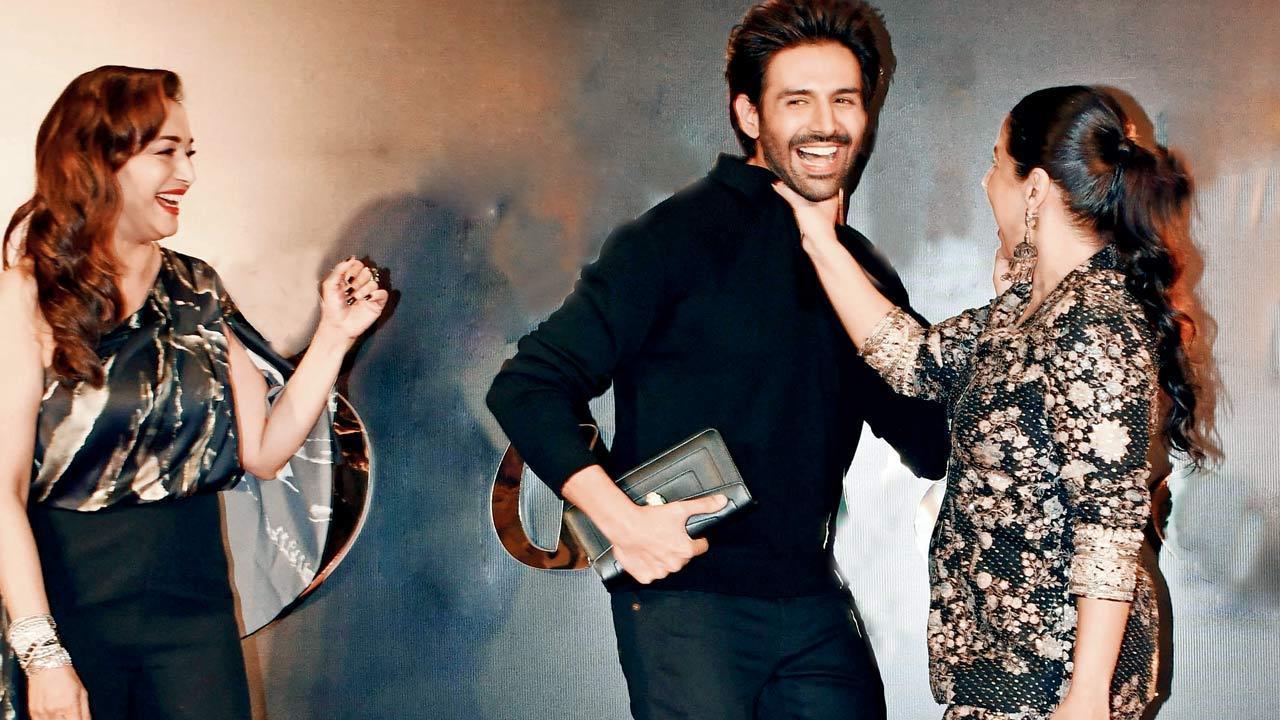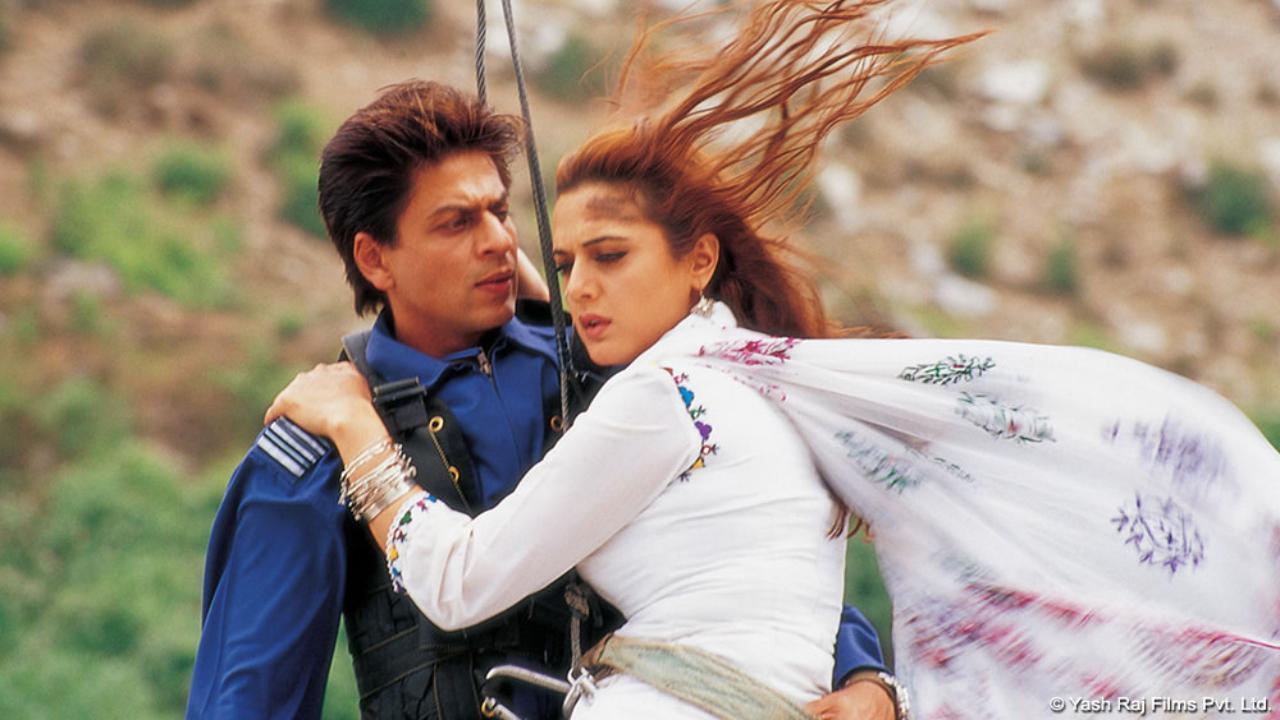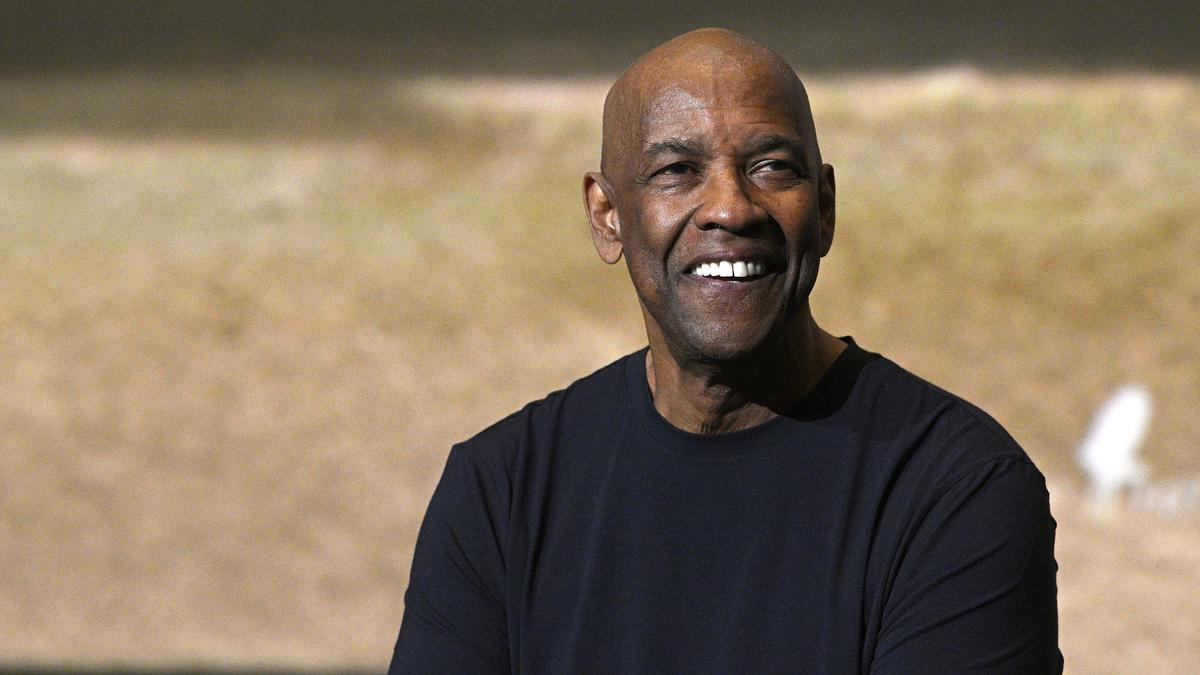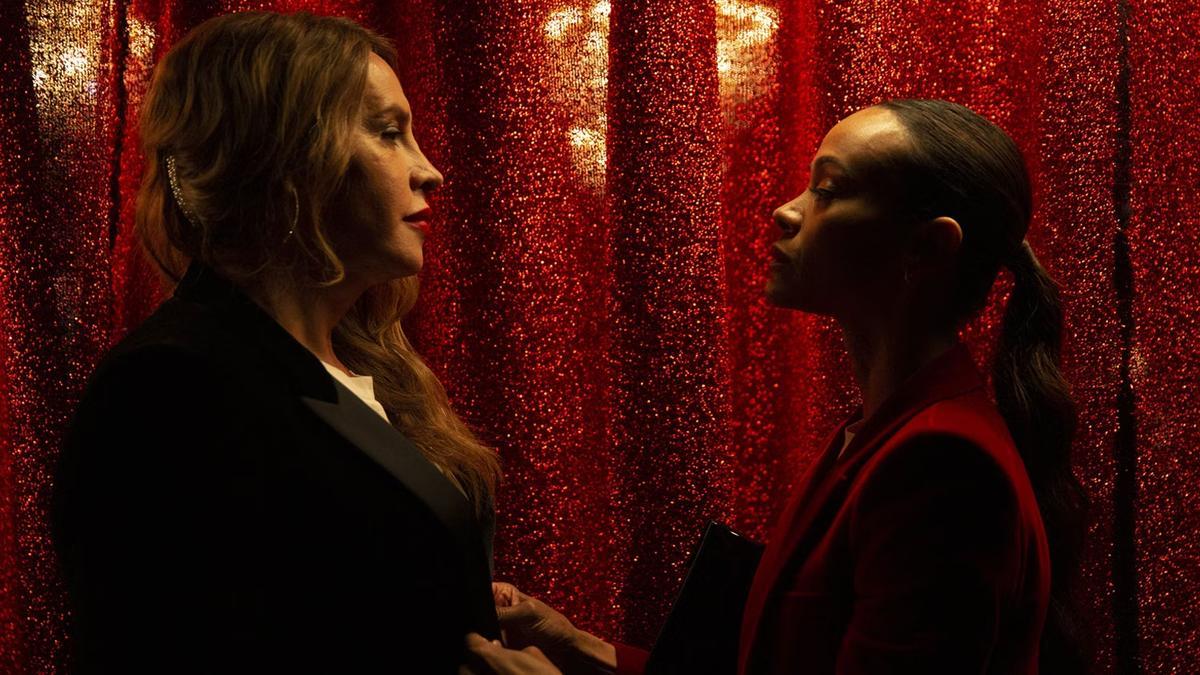
The Paris Fashion Week held on February 27 was a spectacle of fashion meeting history, crafting an evocative homage to the 1960s. Dior, the luxury fashion house, steered clear from the decade’s hallmark exuberance, instead weaving a narrative of empowerment with the artistic prowess of Mumbai-based Shakuntala Kulkarni. The centrepiece installation — a life-size, cage-like cane creation — evoked a plethora of images: from ancient crustacean shells to intimidating Samurai Yoroi armours, embodying a profound juxtaposition of strength and constraint.
The enthralling forms, sculpted by Kulkarni, set the stage at Tuileries Garden, infusing the runway with symbolism that seamlessly complemented Maria Grazia Chiuri’s Fall/Winter 2024-2025 collection. The period presented an inflection point in fashion, a dance between haute couture and the nascent ready-to-wear culture. Mirroring this transition, Kulkarni exhibited a compelling dichotomy: the body’s need for protection versus the restrictive nature of armour.
At 74, Shakuntala Kulkarni is a force in multimedia artistry, and her collaboration with Chiuri underscored shared visions of womanhood and its potentials — a conversation surrounding protection, strength, and grace. The fashion models traversed the runway, encapsulated by her symbolic cane structures, embodying the vision of a new woman, one with unwavering strength and dignified energy. Kulkarni’s use of cane as a protective fabric melded with Chiuri’s sartorial creations to present an unforgettable tableau of female fortitude.
As Kulkarni’s art has attracted global attention over the past twelve years, focusing notably on the politicisation of women’s bodies, she recounts the serendipitous partnership with Dior. It began with an encounter at her exhibition titled “Quieter than Silence – Compilation of Short Stories.” A Dior representative stumbled upon her work, which spurred the entwining of her artistic discourse with Chiuri’s fashion narrative. The result? A captivating choreography where fashion models animated Kulkarni’s vision of movement and liberation.
Childhood experiences shaded by the openness of her family contrasted sharply with the discrimination Kulkarni faced upon stepping into the wider world. The societal structures, informed by patriarchal norms, inflicted subtle fears and overt anxieties upon women — themes explored deeply in her artistic repertoire. Theatre’s profound influence on her methods saw Kulkarni’s advent into immersive art, coercing spectators to confront the discomfort and indignities faced by women.
An unpleasant experience involving tar and the troubling prevalence of violence against women in India instigated Kulkarni’s exploration of protection in public spaces. The dual symbolism of armour as a sanctuary and a cage resonated through her works, depicting marital expectations and societal pressures that simultaneously safeguard and entrap women.
Cane, a material embodying both delicacy and resilience, became the core of her creations. Eleven armours were constructed between 2010 and 2012 as a part of her ambitious project “Of Bodies, Armour and Cages.” Subsequently, she wove cane into her artwork, inspiring various cultural expressions and personal narratives. Each piece, a labour of love, can take upwards of three months to complete.
While noting progress among women who challenge the status quo with economic independence and confidence, Kulkarni underscores the ongoing struggles for many. The symbolic cane armour speaks volumes about vulnerability and protection, a testament to women’s resilience against societal threats.
Beyond her artistic ventures, Kulkarni confesses a lifelong affinity for textiles, a passion imbued with personal history and cultural ties. She curates a collection of traditional garments, each with its own story and origin.
In a world where uncertainty touches women’s lives in multifarious and often oppressive ways, Shakuntala Kulkarni’s narrative and artistic endeavour align with Dior’s vision. Together, they craft a powerful sartorial statement, keeping the dialogues of freedom, empowerment, and the embodiment of the female spirit at the forefront of contemporary fashion dialogue.










